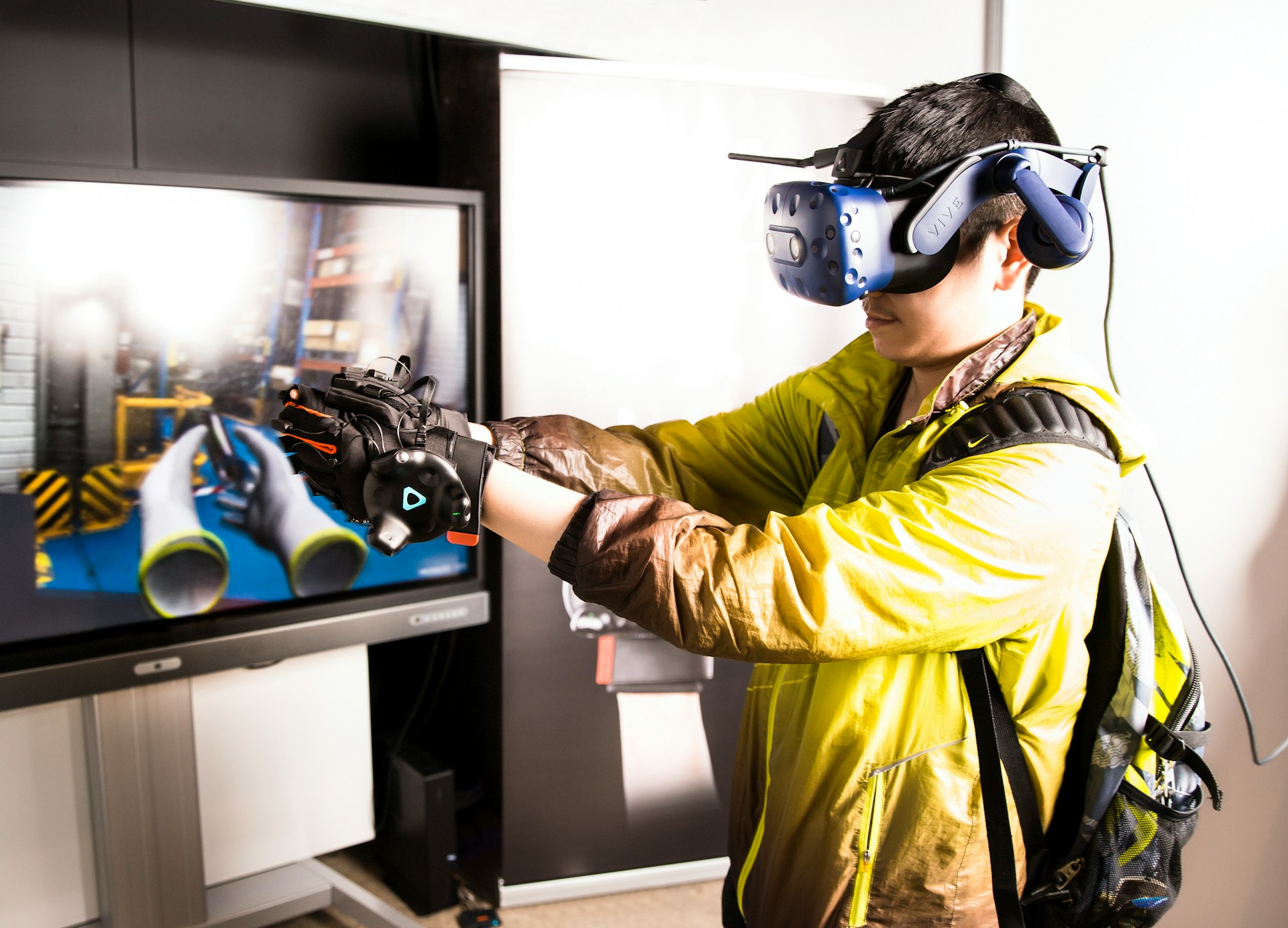Is VR just for Games?
VR is Much More Than Entertainment. Virtual reality has come a long way from being viewed solely as gaming technology. Today, it’s a powerful tool of digital transformation, finding applications in almost every sector of the economy and social life. This technology allows users to fully immerse themselves in a computer-generated environment, offering experiences that were previously impossible to achieve. With VR, we can go beyond physical limitations, test dangerous scenarios in a controlled environment, and experience things that would be inaccessible or too costly in the real world. It’s a technological shift in how we learn, work, and interact with the digital world.
Education and Training
Traditional teaching methods, mainly based on verbal and textual transmission, often don’t tap into the full potential of the human brain for absorbing knowledge. VR introduces an era of immersive education, where learning happens through direct experience and interaction. This revolutionary approach brings tangible benefits: increased knowledge retention, better understanding of complex concepts, and higher learner engagement. Information acquired through VR experiences is remembered faster and more effectively than information shared through traditional methods.
Examples:
- Virtual Historical Journeys: Students can “travel back in time” to experience key moments in history—from ancient Egypt to the industrial revolution. They can walk the streets of medieval Paris, observe the building of the pyramids, or participate in important historical events.
- Medical Practice: Medical students can perform complex surgeries in a safe virtual environment, practicing on realistic anatomical models. They can repeatedly go through procedures, study rare medical cases, and practice emergency situations without risk to real patients.
- Aviation Training: Future pilots train in advanced simulators, experiencing different weather conditions, emergency situations, and landing procedures at various airports. VR simulators allow training in extreme conditions without endangering lives or equipment.
- Interactive Scientific Experiments: Students can conduct dangerous chemical experiments, explore atomic structures, or travel through the solar system. VR makes abstract scientific concepts tangible and interactive, allowing for a more hands-on learning experience.
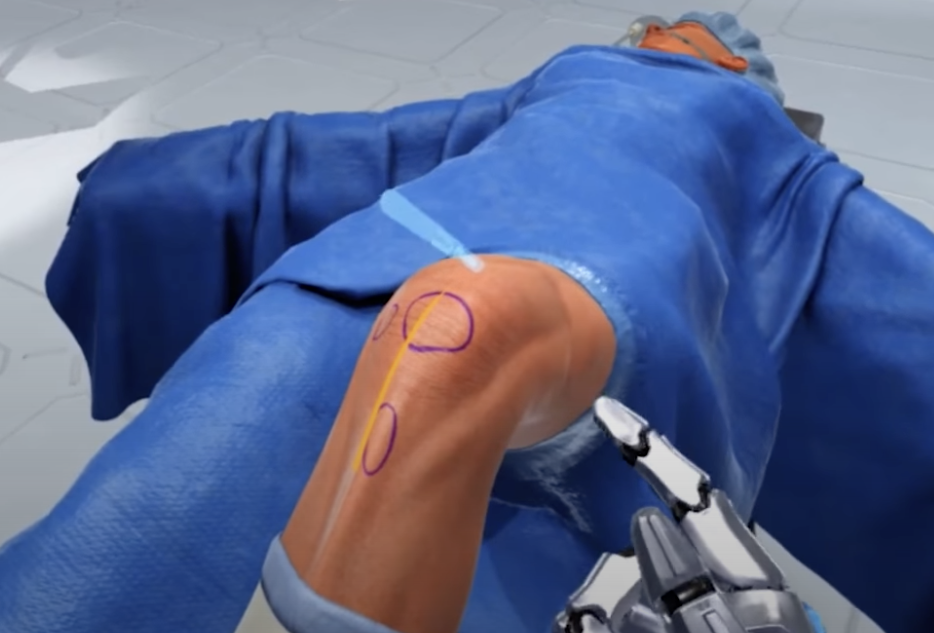
Professional and Industrial Training
Safety and efficiency are critical aspects of any work environment. VR brings a new level of quality to professional training, enabling employees to acquire and refine skills without exposing themselves to real risks or incurring costs associated with using actual equipment. This technology allows for repeated practice of complex procedures, error analysis, and skill refinement in a controlled environment. This leads to significant financial savings and enhanced workplace safety.
Examples of areas VR can support:
- Health and Safety Training: Employees can safely practice evacuation procedures, handling hazardous materials, or responding to industrial emergencies. The system tracks their actions and highlights potential errors, allowing them to learn from mistakes without real risk.
- Operation of Advanced Equipment: Industrial machinery operators can learn to handle complex devices without risking damage. They can familiarize themselves with maintenance, repair, and emergency procedures in a safe virtual environment.
- Production Design: Engineers can test production line layouts, simulate material flow, and optimize processes before physical implementation. This helps identify potential issues and bottlenecks at the planning stage.
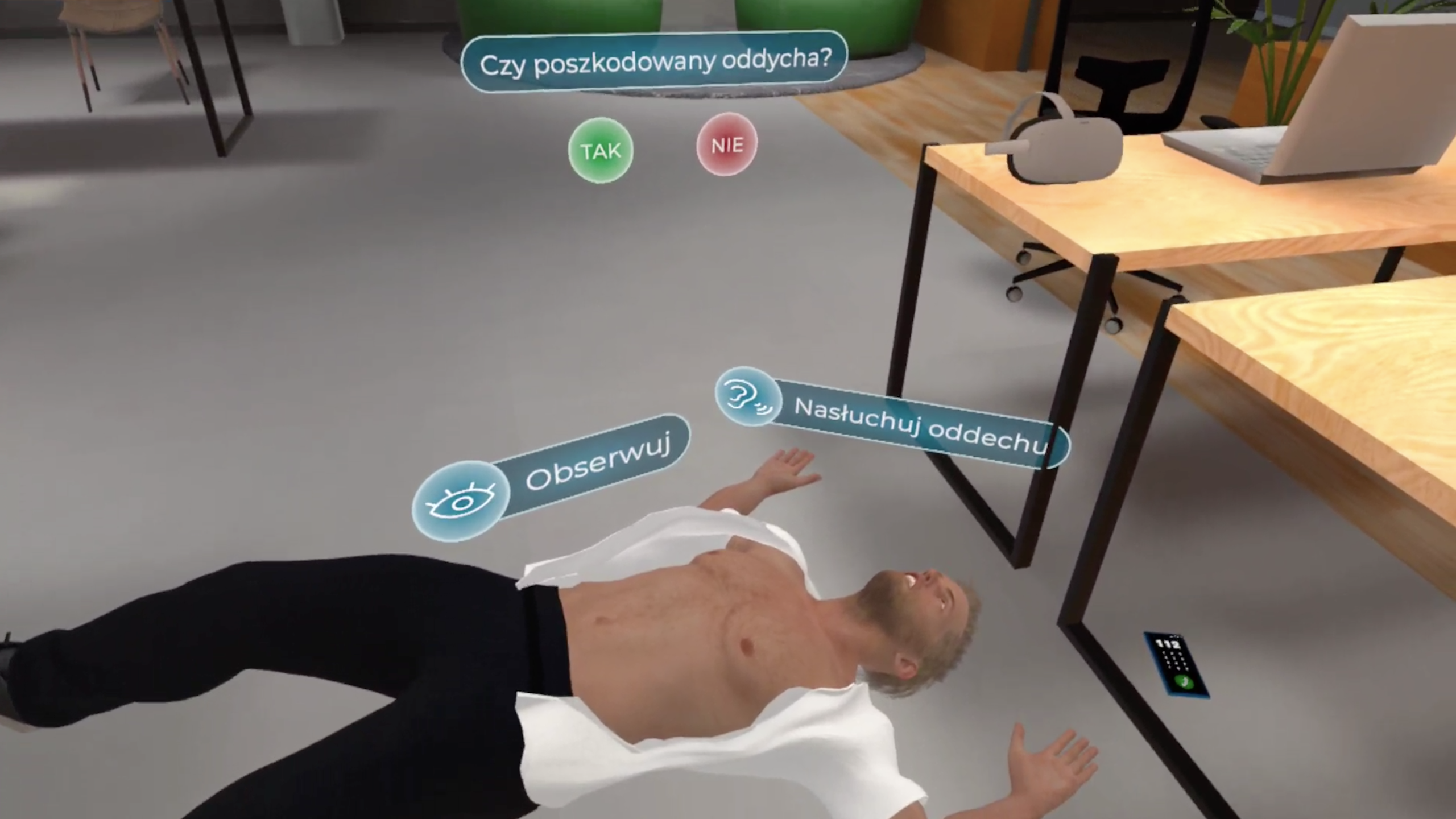
Medicine and Therapy
The medical sector faces ongoing challenges related to providing effective treatment while minimizing patient risk. VR opens new possibilities in this area, offering innovative methods for treatment, rehabilitation, and medical staff training. This technology enables the execution of complex procedures in a virtual environment, leading to better preparation for doctors and greater safety for patients. In therapy, VR allows for the creation of controlled therapeutic environments that are both effective and safe for patients.
How can virtual reality help?
- Treating Phobias and Anxiety: Patients with a fear of heights can gradually acclimate to different heights, from the first floor to the top of a skyscraper. Therapists control the level of exposure, adjusting it based on the patient’s progress.
- Post-Stroke Rehabilitation: Patients participate in engaging VR games that aid in regaining motor skills. The system can adjust the difficulty level of exercises and provide instant feedback on progress.
- PTSD Treatment: War veterans can process traumatic experiences in a controlled environment with full therapeutic support. VR enables gradual exposure to difficult situations and the practice of stress management techniques.
- Surgical Planning: Surgeons can meticulously plan complex operations using three-dimensional models of the patient’s organs. They can practice various scenarios and select the best surgical strategy.
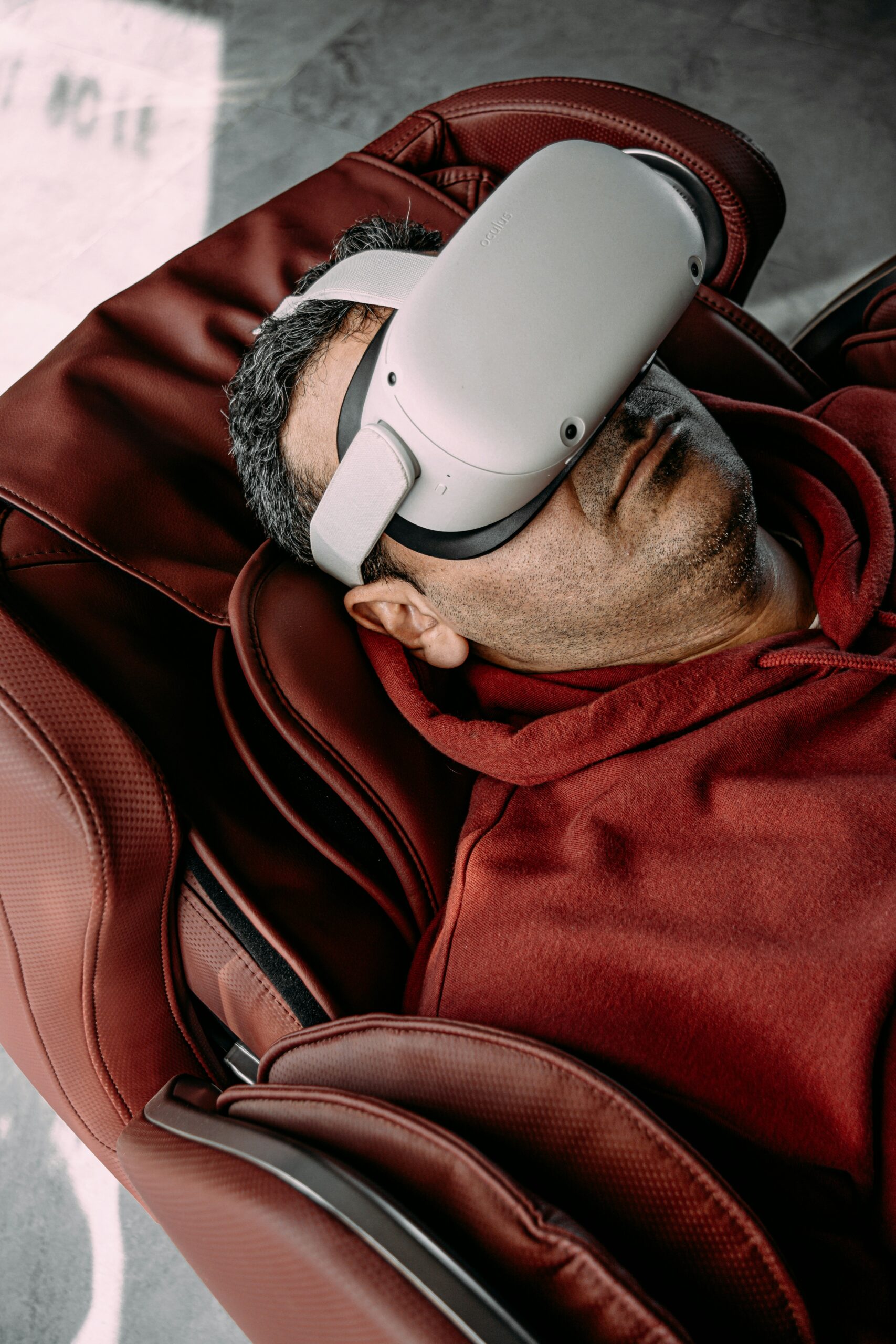
Architecture and Design
Designing spaces has always involved the challenge of presenting concepts to clients in a way that is both clear and convincing. VR revolutionizes this process by enabling full immersion in the designed space even before it’s physically built. This technology not only facilitates communication between designers and clients but also helps identify potential issues early in the design process, leading to significant time and cost savings.
Examples:
- Virtual Real Estate: Prospective buyers can explore houses, apartments, or entire neighborhoods from anywhere in the world, viewing every detail and testing various finishing options. They can even see how the view from the window will look at different times of day, all before the construction phase.
- Design Collaboration: Architects can collaborate with clients in real-time, making adjustments to the design during a shared VR session. This allows for a better understanding of the client’s needs and faster decision-making.
- Error Analysis: Engineers can detect potential structural issues and installation conflicts before construction begins, preventing costly adjustments later on.
- Environmental Simulations: Designers can assess how a building will perform under different conditions. From sunlight exposure to airflow and acoustics.

Art and Culture
Access to art and culture has always been limited by physical barriers of distance and time. VR breaks these boundaries, democratizing access to cultural heritage and enabling new forms of artistic expression. This technology not only allows people to experience art in an interactive way but also provides artists with limitless possibilities for creation, beyond the physical constraints of traditional media.
Examples of VR applications:
- Interactive Museums: Visitors can virtually handle and manipulate valuable artifacts, view them from all angles, and learn about their history through interactive displays.
- Historical Reconstructions: Experience ancient cities in their original form, witness historical events, and observe past customs and rituals in immersive environments.
- Immersive Art: Artists create works that invite interaction, from sculptures that respond to a viewer’s presence to entire worlds crafted for exploration.
- Virtual Concerts: Fans can attend concerts from anywhere in the world, choosing prime seats and experiencing performances from unique perspectives not available at traditional concerts.
Marketing and Sales
In the era of digital transformation, traditional marketing methods often fall short in capturing and retaining customer attention. VR brings a new level of depth to marketing and sales, enabling highly engaging shopping experiences. This technology allows customers to interact with products in ways previously impossible in digital spaces, leading to higher conversion rates and greater customer satisfaction.
Examples of engaging VR applications:
- Virtual Showrooms: Customers can explore cosmetics, furniture, large machinery, or cars in life-size scale, customize configurations, colors, and features, and even take a virtual test drive—all without leaving their homes.
- Product Launch Events: During launches, users can participate in specially crafted, immersive VR games that introduce them to the brand or product in an engaging, memorable way.
- VR Fitting Rooms: Shoppers can try on clothes on their own avatars, tailored to their measurements, experiment with different styles, and receive personalized recommendations.
- Immersive Product Experiences: Companies can showcase products in realistic settings, such as testing outdoor equipment in virtual mountains or jungle environments.
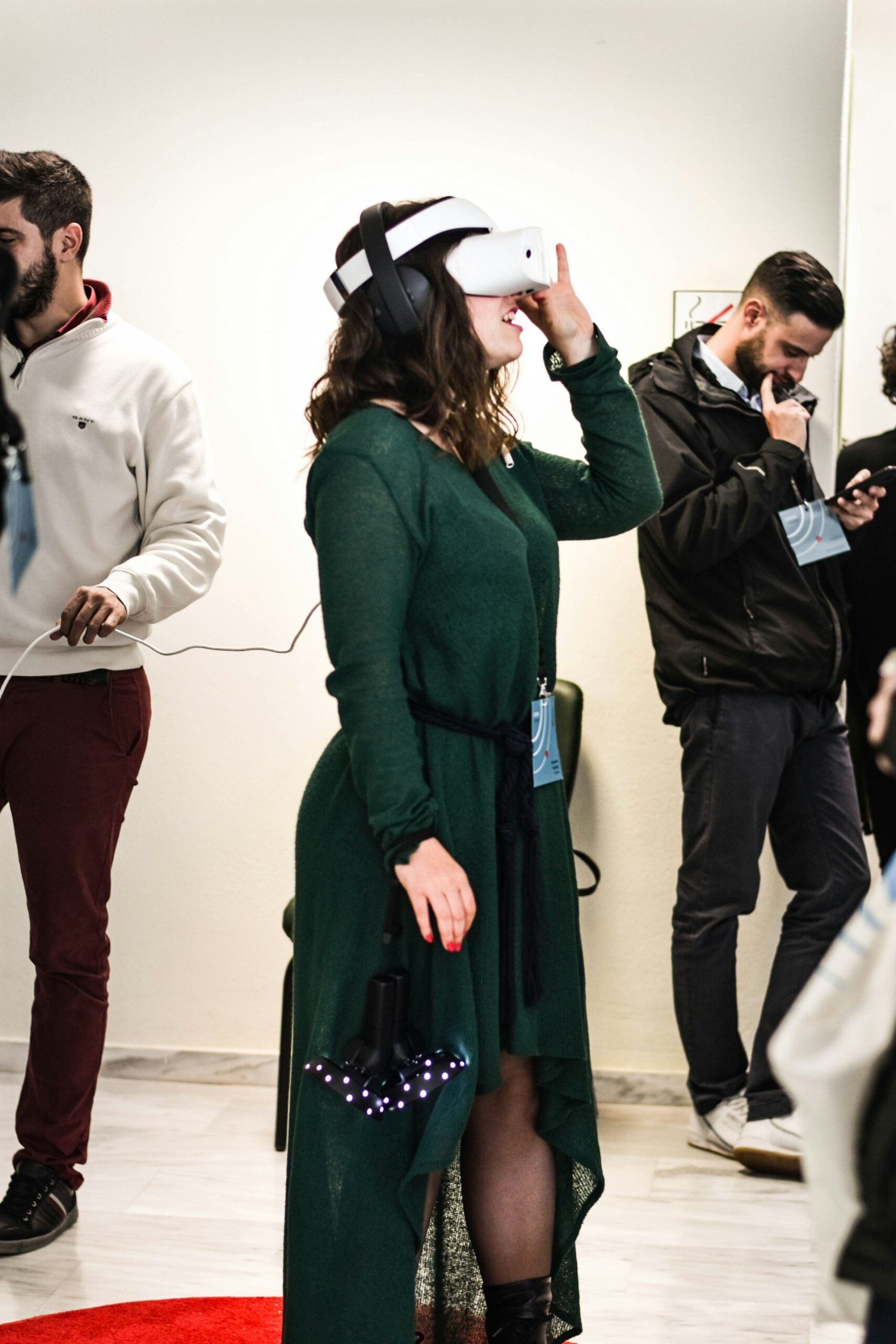
VR is so much more than just games and entertainment.
Virtual reality has evolved from a technology primarily associated with gaming to a powerful tool transforming industries—from education and medicine to architecture and art. VR opens up new possibilities, reshaping how we work, learn, and experience the world. As technology advances, devices become smaller, and accessibility increases, VR’s role in daily life will only continue to expand. This technology is no longer a distant future; it’s our present, bringing tangible benefits across almost every field and industry. The future of VR looks incredibly promising, with the potential to impact society as profoundly as the internet or smartphones.
Need more information? Want to see how VR can elevate your business? Book a free consultation with us today!


